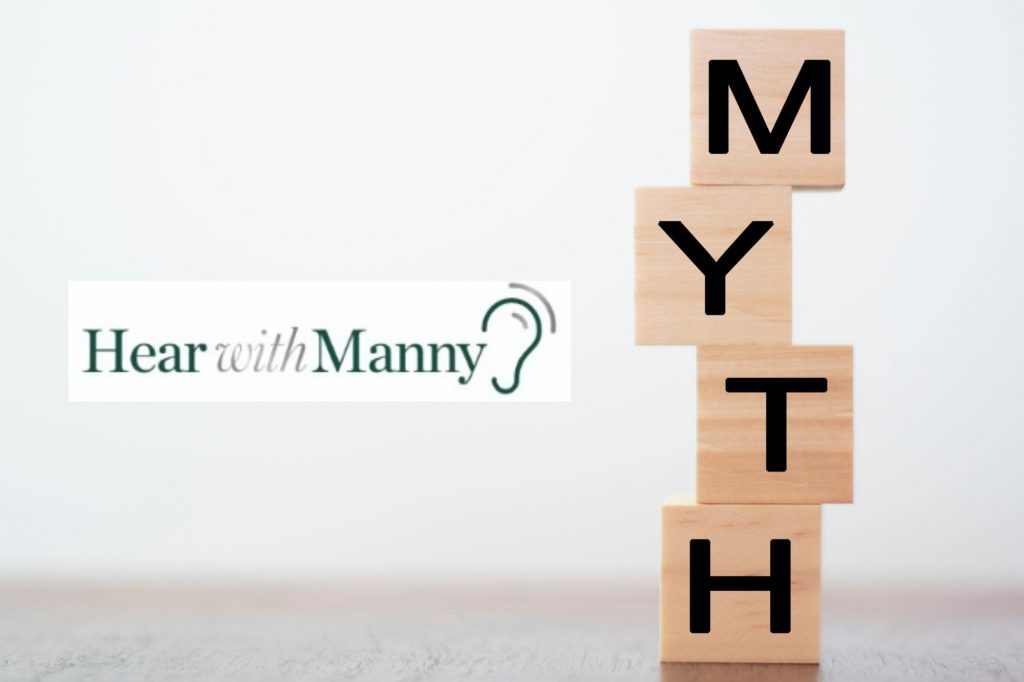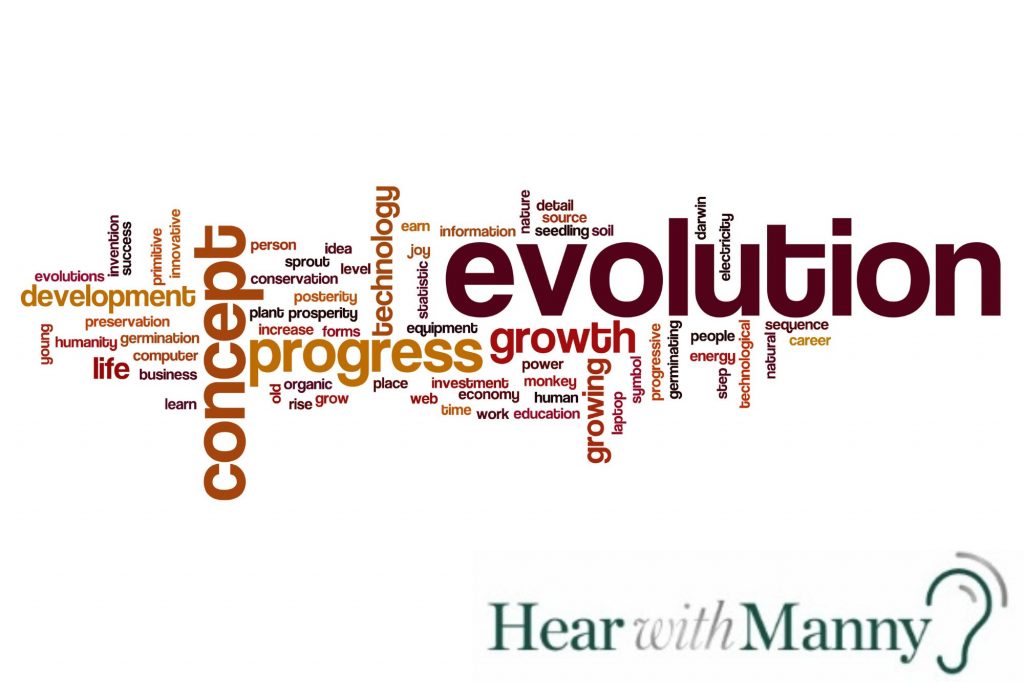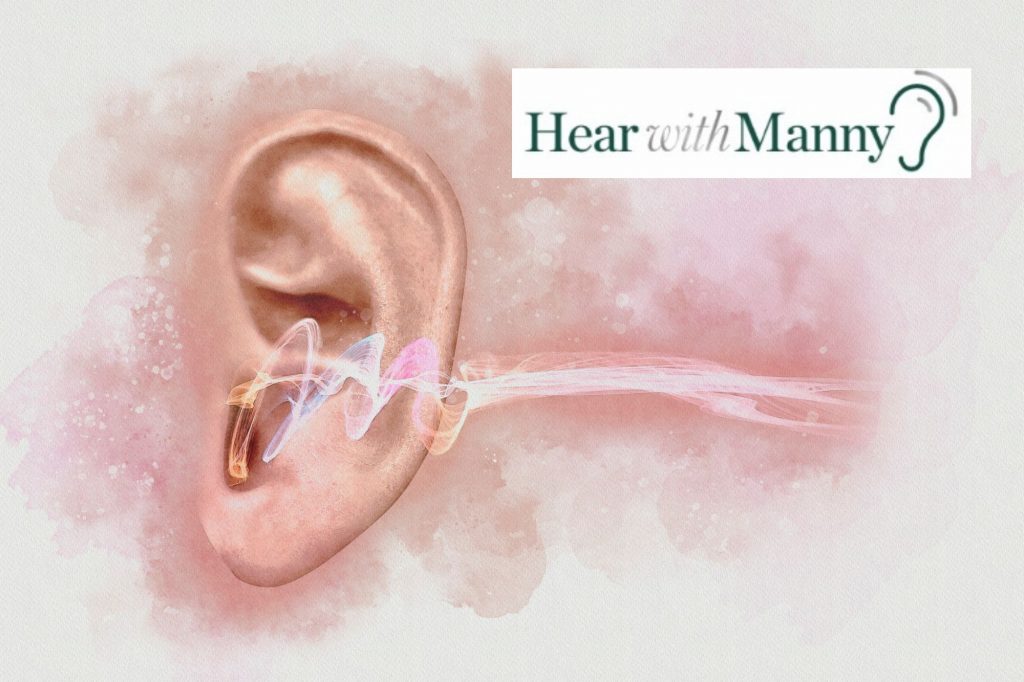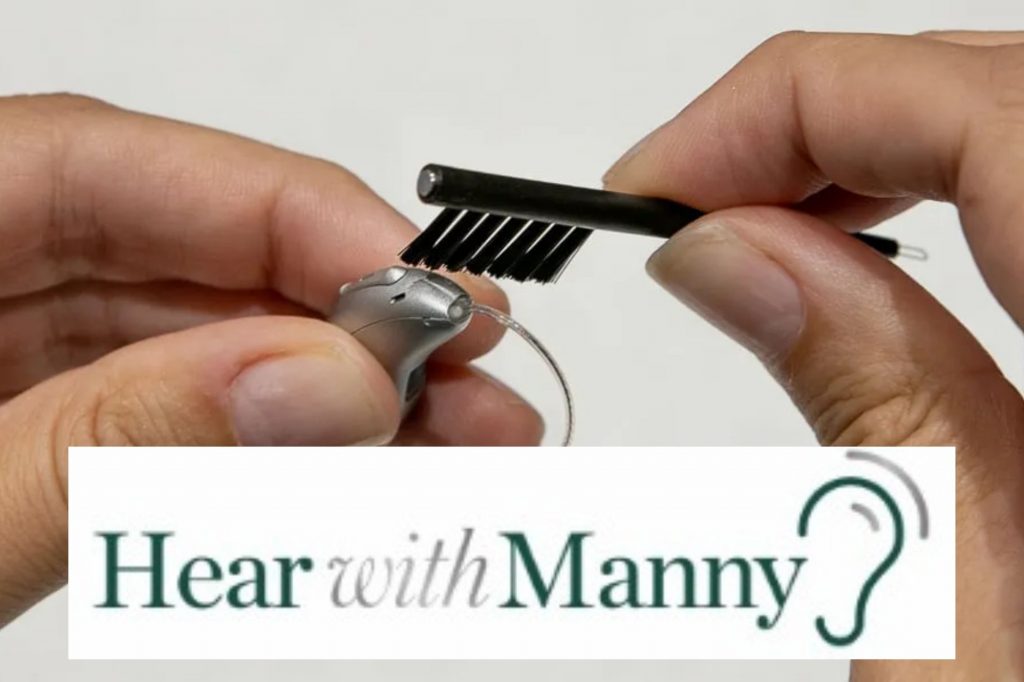Embrace Clarity: Debunking Hearing Aid Myths

As we age, maintaining our health becomes a top priority, and hearing health is crucial, particularly for those aged 60 and above. Unfortunately, hearing aids often come with unwarranted stigmas attached. This article aims to dispel these myths and encourage openness about using hearing aids to enrich your quality of life. Understanding Hearing Loss Hearing […]
Hearing Aids: From Ear Trumpets to Digital Wonders

Hearing aids have played an essential role in transforming the lives of millions of people with hearing impairment. These remarkable devices began as simple tools and have evolved into sophisticated digital wonders, enhancing the quality of life for individuals around the globe. This journey from rudimentary ear trumpets of the past to the cutting-edge technology […]
Understanding Tinnitus: Causes, Symptoms, and Relief

Tinnitus is a common condition that affects millions of people worldwide. It is the perception of noise or ringing in the ears when no external sound is present. Addressing tinnitus is crucial, especially for those aged 60 and above, as it can significantly impact quality of life. What is Tinnitus? Tinnitus is the perception of […]
Aging and Hearing Loss: Essential Insights for Seniors

Aging brings a myriad of changes to our bodies, and one of the most prevalent but often overlooked issues is hearing loss. This blog delves into the impact of hearing loss on daily life and underscores the importance of awareness and proactive management. Understanding Age-Related Hearing Loss Presbycusis, commonly known as age-related hearing loss, is […]
Hearing Aid Care: Tips for Peak Performance

Maintaining your hearing aids is crucial for ensuring they perform at their best and last as long as possible. Regular maintenance not only improves device performance but also extends their lifespan, providing you with a clearer and more comfortable hearing experience. Daily Cleaning Tips Wipe Down Your Hearing Aids Use a soft, dry cloth to […]
Unlock Vitality: Regular Auditory Check-ups with Hear With Manny

Do you find yourself constantly increasing the TV’s volume? Or do you often ask people to repeat themselves during a conversation? If you nodded along, you’re not alone. Hearing issues are not uncommon, particularly amongst our senior population. Regular auditory check-ups are essential to maintaining good health and vitality. Today, we introduce you to Hear […]
Safeguard Your Hearing: Importance of Ear Protection at Work

Did you know that workplace noise could detrimentally influence your hearing health drastically? John, a former construction worker, now suffers from hearing loss due to years spent in noisy environments. This article is essential for employees, employers, and HR departments who want to preserve the gift of hearing. The Science of Sound and Hearing Exposure […]
The Importance of Investing in High-Quality Hearing Aids: A Comprehensive Analysis of the Costs Involved and Long-Term Benefits

Living with hearing loss can be challenging. It affects our ability to communicate with loved ones, participate in social activities, and fully engage in the world around us. Thankfully, hearing aids have revolutionized the way we manage hearing loss. In this blog post, we will explore the importance of investing in high-quality hearing aids to […]
Embracing Auditory Well-being: Integrating Hearing Care into Your Everyday Life

In our busy lives, we often overlook the importance of auditory well-being. The ability to hear and communicate effectively is a fundamental aspect of our overall quality of life, yet it is often taken for granted. Hearing care plays a vital role in maintaining and enhancing our auditory health, allowing us to stay connected with […]
Transitioning to Your New Hearing Aids: Advice for a Seamless Adjustment

Adjusting to new hearing aids is an important step towards regaining your optimal hearing abilities. The transition period can be challenging, as it requires patience and persistence. In this blog post, we will provide you with valuable advice and tips to help you smoothly adapt to your new hearing aids, ensuring a seamless adjustment that […]
